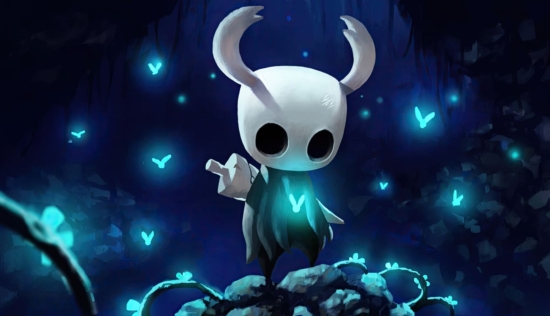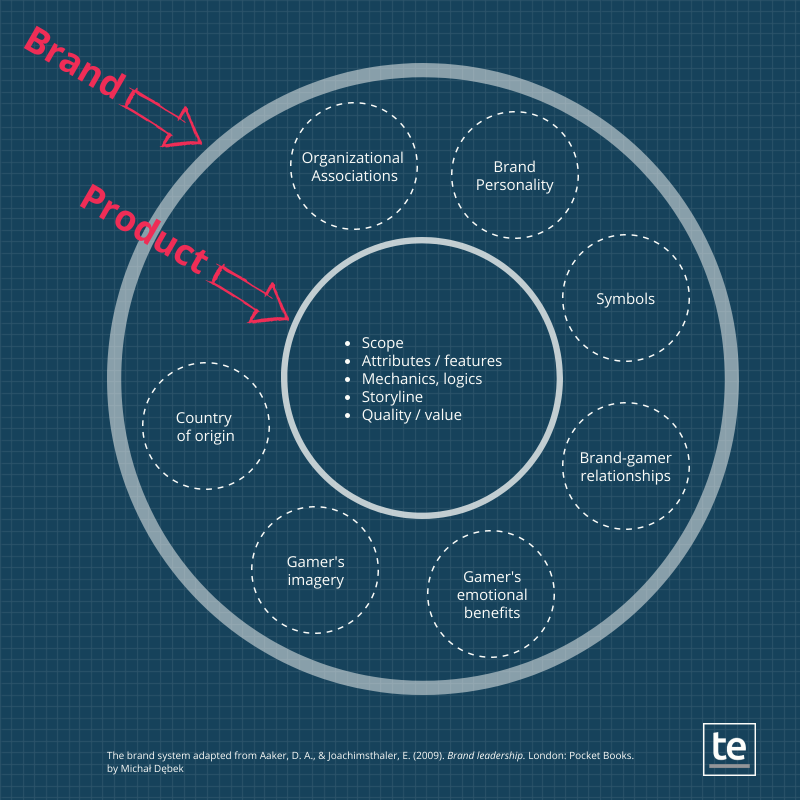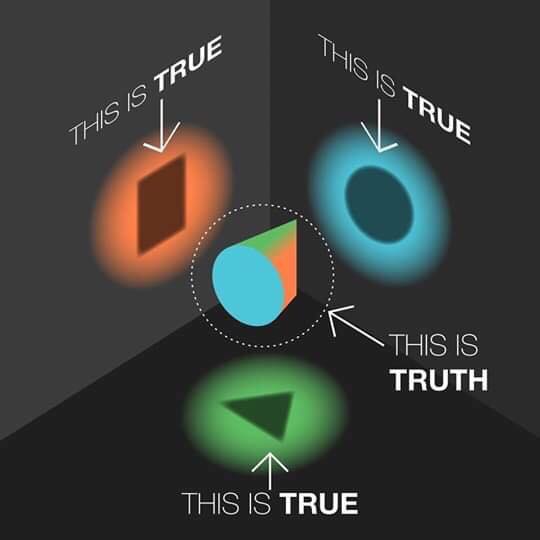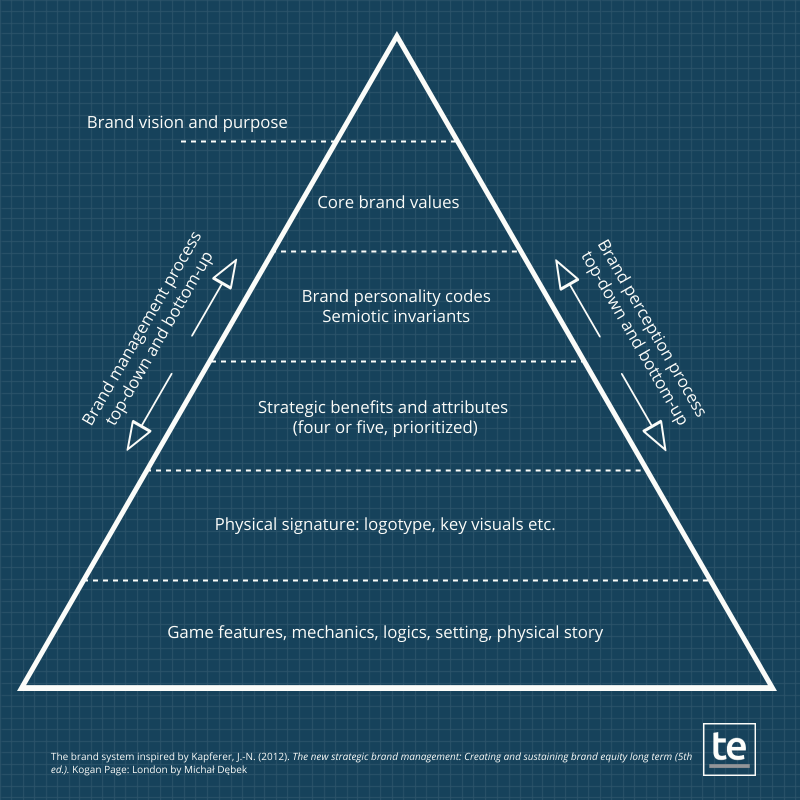
Who wouldn’t want to replicate the success of blockbuster video game franchises like Call of Duty (Activision), GTA and Red Dead Redemption (Rockstar Games), Hitman (IO Interactive), Civilization (2K), Age of Empires (Xbox Game Studios), or Total War (Sega)? These titles aren’t just great games—they’ve become cultural icons. But what exactly makes these brands so successful? While large budgets, innovative game features, and high-quality products all contribute, the true key lies in something more fundamental: the ability to create and communicate a meaningful brand and emotional connection with players.
Why Brand Matters More Than Features
To really understand the essence of these iconic brands, we need to look beyond the games themselves and take a holistic approach. It’s not just about game mechanics or technology; it’s about how the brand is constructed and communicated. When we look deeper, we realize that the creation and management of meaning is central to their success.
In fact, brand meaning may even be more important than the features of the game itself. Why? Because in today’s competitive gaming markets, simply differentiating a brand through gameplay alone is increasingly rare. Even the most unique features can be quickly copied by competitors, leaving the brand’s emotional resonance as the true differentiator. As our research shows, non-linearity alone doesn’t sell games. This underscores the importance of focusing on the deeper, more engaging aspects of your game’s identity—those elements that connect emotionally with players, rather than getting lost in features that might not connect on that level.
As Margaret Mark and Carol Pearson (former V.P. of Young & Rubicam Advertising and depth psychologist, respectively), authors of the The Hero and the Outlaw: Building Extraordinary Brands Through the Power of Archetypes, put it:
“What your brand means to people will be every bit as important as its function—if not more so—because it is meaning that tells us ‘this one feels right’ or ‘this one’s for me.’ Meaning speaks to the emotional side of the public; it creates an emotional affinity.”
So, even if you’re planning to develop another first-person shooter or sandbox city-builder loaded with features already seen in other popular games, that’s just the beginning. You also need to think about what your brand will mean to gamers around the world.

Understanding Brand Meaning
The concept of a brand can be surprisingly vague, and different experts offer different perspectives. Seth Godin describes a brand as “the set of expectations, memories, stories, and relationships that, taken together, account for a consumer’s decision to choose one product or service over another.” Meanwhile, advertising legend David Ogilvy defines it as „the intangible sum of a product’s attributes: its name, packaging, price, history, reputation, and the way it’s advertised.” Mark and Pearson take it further, arguing that „the brand is a repository, not merely of functional characteristics, but of meaning and value.”
While traditional definitions, such as Philip Kotler’s, focus on a brand as “a name, term, sign, symbol, or design, or a combination of them,” the modern approach—especially in the video game industry—emphasizes the intangibles: customer expectations, memories, stories, and above all, meaning and value.
But what does „meaning” actually mean in this context? According to the Cambridge Dictionary, „meaning” can be understood in two distinct ways. The first refers to what something represents or expresses—a neutral interpretation of the message something conveys. The second focuses on the importance or value something holds, emphasizing its personal or collective significance.
In a broader sense, meaning refers to the significance, value, or interpretation that something carries for an individual or group. It’s how something is perceived, felt, or understood within a particular context.
For a brand to be successful, it must convey a clear sense of meaning, significance, and value to its audience—whether that’s gamers or other consumers.
Meaning vs. Budget
It’s no secret that successful gaming brands often benefit from massive budgets in both production and marketing. Money plays an increasingly important role in the gaming world, but it’s not just about the dollars. Consider the success stories of Hollow Knight (Team Cherry) and Among Us (Innersloth), both of which achieved remarkable success despite their modest budgets.
Hollow Knight started with a development budget of just $60,000, funded mostly through crowdfunding on Kickstarter. Yet by 2019, it had sold nearly 3 million copies. This success can’t be attributed to budget alone; it was the game’s deep, atmospheric world-building, challenging gameplay, and beautiful art style that made it stand out. But perhaps the most important element was the emotional connection it forged with players. Hollow Knight offered a sense of achievement, nostalgia, and discovery—all of which became core elements of its brand identity.

Similarly, Among Us, made by a small indie team, gained massive popularity in 2020. Its social deduction mechanics, which encourage group play, became the foundation of its brand. The game resonated with players looking for a fun, accessible multiplayer experience during a time of social isolation. Its simplicity and viral appeal propelled it into the spotlight, dominating social media and gaming communities.
These examples demonstrate that brand meaning—how a game makes players feel and the experiences it offers—can be just as important as its budget or gameplay features.
The Shift from Product-Centric to Brand-Centric Marketing
There was a time when success in the gaming industry didn’t require massive marketing budgets or sophisticated branding strategies. In the 1980s and early 90s, the gaming market was smaller, but demand was high. It was a time of masterpieces and uncluttered markets. Games didn’t need a polished marketing campaign; their distinct features alone could carry them. Branding was almost an afterthought, mainly built on game features rather than carefully crafted narratives or identities.
Today, however, the gaming landscape has changed. There are endless products serving the same player needs and desires. Take, for example, the wide variety of city-building games: Cities: Skylines (Colossal Order), SimCity (Maxis), Anno (Ubisoft Blue Byte), Cliff Empire (Lion’s Shade), and Foundation (Polymorph Games)—all of these cater to the same desire to create, manage, and rule. Similarly, games like World of Tanks (Wargaming), War Thunder (Gajin Entertainment), Fortnite (Epic Games), and Apex Legends (Respawn Entertainment) all tap into the need for rivalry, competition, and social comparison.
In this oversaturated market, how can you attract players and ultimately make them choose your game? Is it about features? Price? Or is it the brand, its meaning, and the myth behind it?

Branding in the Video Game Industry: Perception is Everything
Remember the “Law of Perception” by Al Ries and Jack Trout? It states that “marketing is not a battle of products, it’s a battle of perceptions.”
As Ries and Trout put it: “There is no objective reality. There are no facts. There are no best products. All that exists in the world of marketing are perceptions in the minds of customers or prospects. Perception is reality. Everything else is an illusion. All truth is relative, dependent on the mind of the observer.” Does this sound familiar? It echoes the iconic line from The Matrix: “There is no spoon.” In the world of marketing, what matters most isn’t the product itself, but the way people perceive it.

This is particularly true in mature, saturated markets, and it serves as a great inspiration for game developers in the current landscape.
That said, we can’t forget that traditional marketing principles still hold true. Your game needs to meet the standards for its genre; the price must be right, promotion should be optimized, and your development team must deliver their best work. At the same time, the game must at least meet the points of parity within its category to be considered a legitimate competitor in the eyes of players.
But meeting the basic requirements isn’t enough.
To stand out, you must convince gamers that your game meets their needs and motivations better than the competition
—often, even if it’s packed with generic features. As Scott Bedbury, former VP at Starbucks, said: “Branding is about taking something common and improving upon it in ways that make it more valuable and meaningful.”
Video Game Branding in Practice
Let’s say you’re developing an RPG. Naturally, you need to implement strong character development mechanics and logical progression. These are fundamental elements of any RPG, and every developer understands their importance. But here’s the challenge: just making these mechanics “good enough” won’t guarantee your game’s success. Even if you perfect them, it won’t necessarily set your game apart from the competition.
What you can focus on is managing the perception of your game and brand. Tell a convincing, unforgettable marketing story that resonates with gamers.
Take The Elder Scrolls: Oblivion (Bethesda), for example. It doesn’t just rely on strong mechanics; it promises an emotional journey—“In the shadow of evil, a hero will rise from the ashes of a fallen empire.” This narrative taps into the archetype of the fearless protagonist who overcomes adversity and leaves a mark on the world. The key is to ensure that the brand promise is consistent and believable across every touchpoint—whether that’s through the gameplay, the world-building, or the marketing.
This brings us to the power of archetypal branding. Oblivion in this case, as well as the whole award-winning Elder Scrolls series, is a perfect example of a game where the brand intertwines with the hero’s journey archetype. Gamers identify with the hero’s role—becoming the “fearless protagonist” who discovers their unique power and takes risks to change the world. But to make this archetype resonate, your marketing must convincingly communicate that this promise is real.
As industry veterans know, success depends on more than just creating a quality product—it’s about building and maintaining a unique and compelling identity, or „meaning,” for your brand. The brand identity must align with the game’s quality and the emotional resonance it aims to create.

Archetypal Branding: A Game-Changer
Archetypal branding is one way to build this meaning. An archetype taps into the deep, universal themes of human experience. In the context of gaming, archetypal branding simplifies marketing and makes a brand easier for players to identify with. Games that incorporate archetypal elements are often more recognizable and easier to mentally process, which is critical in a crowded market.
In today’s crowded gaming market, standing out means thinking beyond just your product or budget. It’s about seeing the bigger picture—what does your brand truly stand for? What story does it tell? And most importantly, how does it make players feel?
When you embrace archetypal branding, you don’t have to work as hard to convince players that your game is the one. Instead, the meaning behind your game naturally draws them in and sparks their imagination.
Summary
To create a truly memorable gaming brand, you must first understand your target audience—gamers. This means diving deep into their needs, wants, expectations, and even their cherished memories, such as feelings of nostalgia (just look here how powerful that can be).
Once you’ve gathered this understanding, the next step is to design a brand that addresses these elements head-on. This involves communicating a thoughtful mix of your product’s features—ideally balancing points of parity (the must-haves that put you on par with competitors) with at least one strong point of difference (the unique aspect that sets you apart). Beyond features, it’s about creating meaning: the emotions, stories, and narrative that define your brand.





